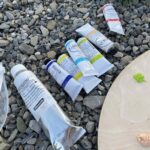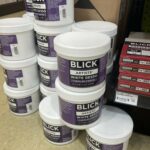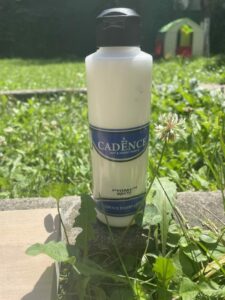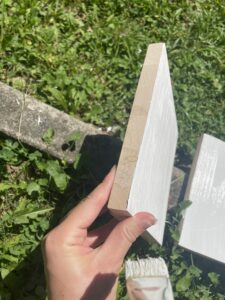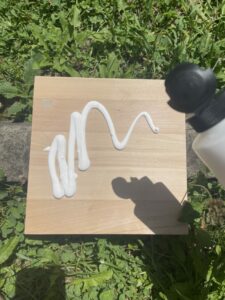Oil Paint Drying Times
How long does oil paint take to dry?
TLDR: Oil paint takes a few days to surface dry but months (or years) to fully dry.
Many painters prefer oil paints because they take longer to dry. Oil paint can stay wet for a very long time, allowing you to alter your image or scrape and mix directly on the painting. But exactly how long does it take for oil paint to dry? Here’s a detailed and comprehensive guide to help you estimate the drying time of your painting.
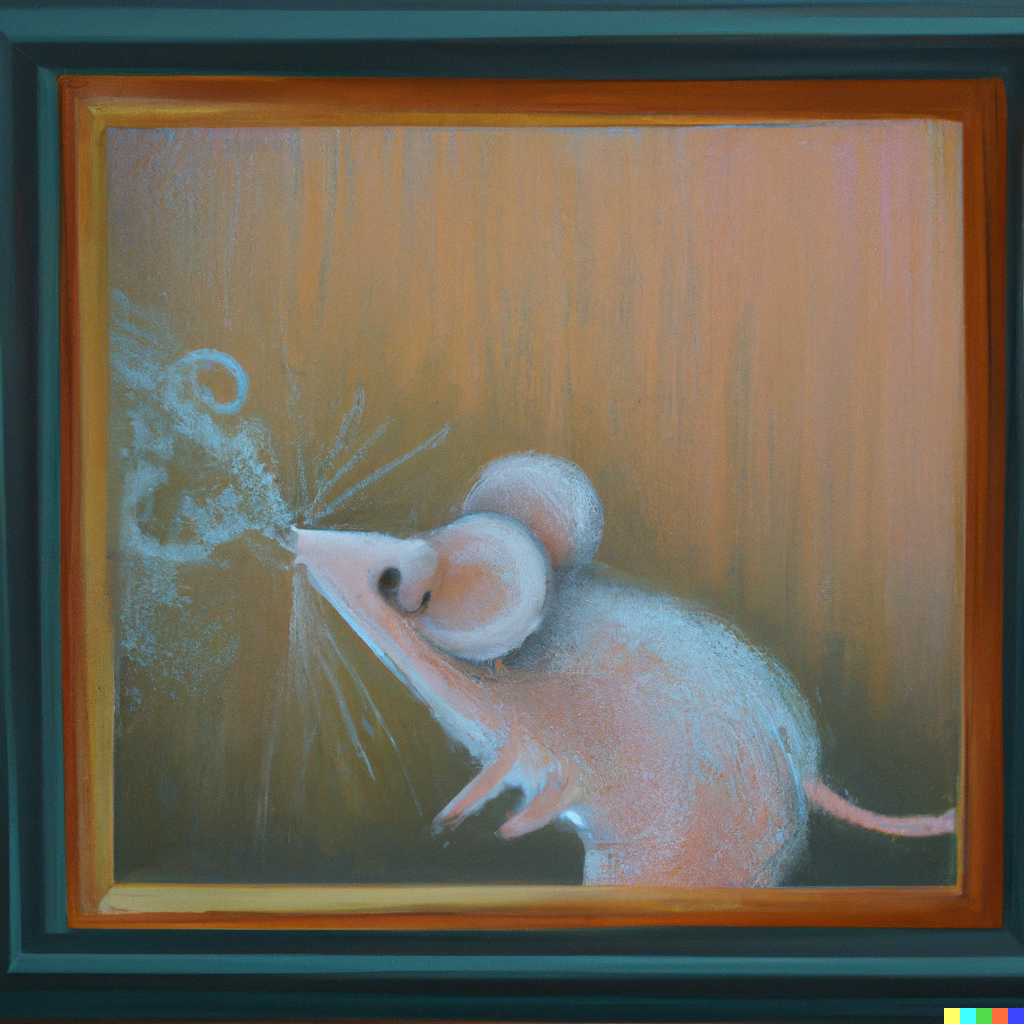
Artists often prefer oil paint because of its rich colors, versatility, and blending capabilities. They also like oil paint because it dries slower than acrylic paint. This allows you to ‘work into’ a painting longer.
So, it is important to consider drying time when working with oil paint. Unlike other painting mediums, such as acrylic or watercolor, oil paint dries through oxidation, where the oils in the paint react with oxygen in the air. The drying time of oil paint can vary depending on several factors, including the thickness of the paint, the type of pigments used, the environmental conditions, and the presence of drying mediums or additives.
Drying Stages of Oil Paint
Oil paint goes through different drying stages, each with its characteristics.
Surface Drying
The initial stage is surface drying, where the outer layer of the paint begins to harden. During this time, the paint may still feel tacky or sticky to the touch. The drying time varies depending on the factors mentioned earlier, but surface drying typically takes anywhere from a few hours to a few days.
Touch Drying
After surface drying, the paint becomes touch dry. This means that while the paint is no longer sticky, it can still be easily smudged or disturbed. This stage of drying depends on the thickness of the paint and the environmental conditions, but touch drying usually occurs within a few days to a week.
Intermediate Drying
The paint is partially dry and forms a skin-like surface at this stage. The painting may still be vulnerable to smudging, though. Still, it has developed enough solidity to allow additional paint layers to be applied without disturbing the lower layers. Intermediate drying can take anywhere from a week to a month.
Final Curing
The final curing stage is when the oil paint is fully dry and stable. The paint film has hardened completely, and the colors have achieved their accurate saturation and appearance. The duration of this stage depends on the factors mentioned earlier. Thicker layers or paintings with multiple layers may take longer to cure fully. Still, generally, final curing can range from several weeks to several months.
It’s important to know these stages to handle and protect your artwork appropriately. Understanding the drying time of oil paint is crucial for planning your painting process and ensuring the longevity of your artwork.
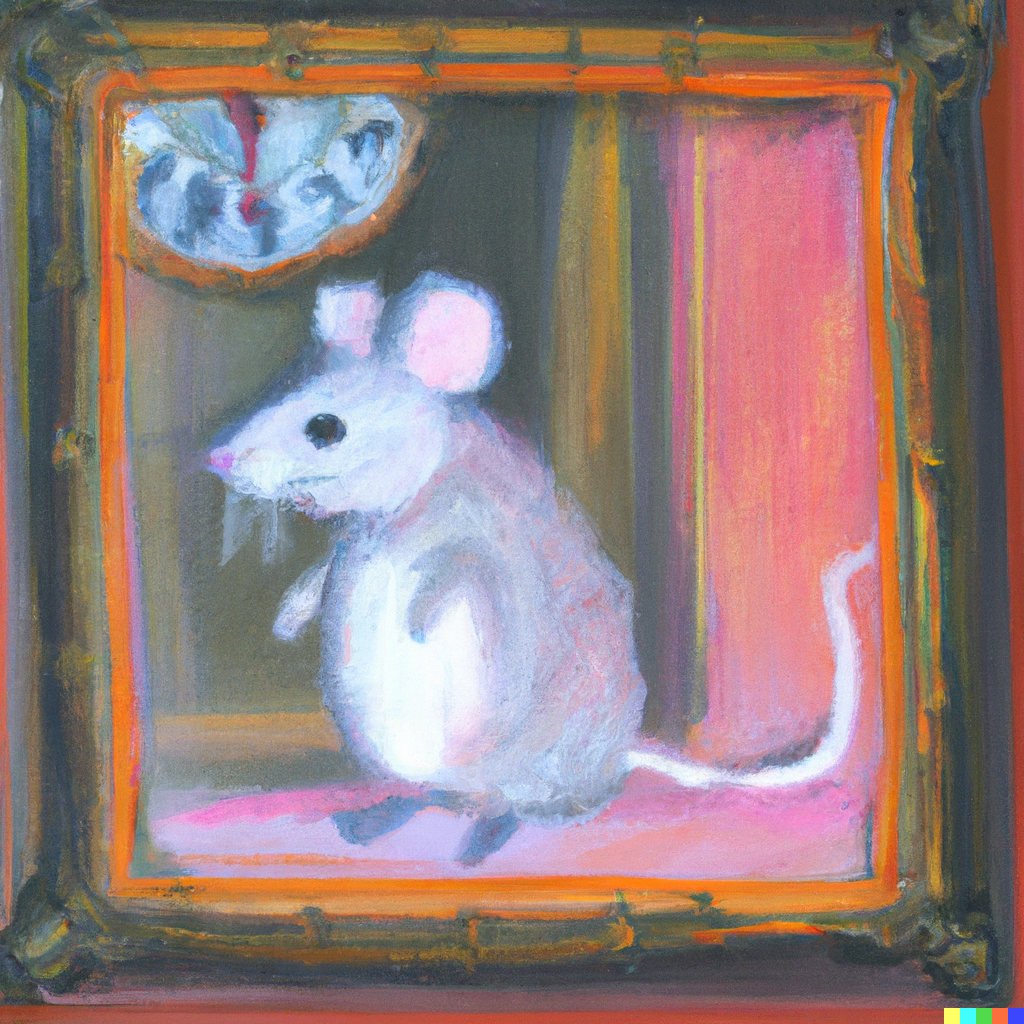
Factors Affecting Oil Paint Drying Time:
- The thickness of the Paint: Thicker layers of oil paint take longer to dry than thin layers. This is because thicker layers contain more oil, which requires more time to oxidize and evaporate.
- Type of Pigments: Some pigments dry faster than others due to their chemical properties. For example, earth tones and transparent colors tend to dry relatively quickly, while certain modern synthetic pigments may take longer to dry.
- Environmental Conditions: The drying time of oil paint is influenced by the temperature, humidity, and airflow in the painting environment. Warmer temperatures and lower humidity generally accelerate drying, while cooler temperatures and higher humidity slow it down.
- Drying Mediums/Additives: Artists often use drying mediums or additives to alter the drying time of oil paint. Depending on their composition and the desired effect, these additives can speed up or slow down the drying process.
How can I make my oil painting dry faster?
If you’re looking to speed up the drying time of your oil paintings, here are some techniques you can try:
- Thin Layers: If you want your painting to dry faster, apply thin layers of paint. The paint will oxidize faster, and the oil will evaporate easier. The best way to make thin layers is by diluting your paint with a drying medium or solvent.
- Proper Ventilation: Consider painting outside. At the minimum, ensure your painting in a location with lots of airflow. But don’t place your artwork in direct sunlight! Do not put your painting near sources of heat. This can cause your painting to crack or the paint to yellow. Just let the natural wind do its thing.
- Drying Additives: Consider using drying mediums or additives specifically designed to speed up or slow down the drying time of oil paint. These can be mixed directly into the paint to alter its drying characteristics.
- Patience: It’s essential to be patient and allow each layer to dry thoroughly before applying additional layers or varnishes. Rushing the process may lead to issues such as cracking, wrinkling, or adhesion problems. Or, if you don’t like working in layers, consider working wet on wet. I rarely wait for a layer to dry before going right in and putting the paint where it needs to be. If I want to change a color, I just use a scraper. I remove the last layer and put on the new one. It’s a bit like carving into the painting’s surface, and it’s very satisfying.
- Reduce Humidity: Higher humidity slows down the drying process of oil paint. If you’re working in a humid environment, use a dehumidifier or air conditioner to reduce moisture levels. You can also consider using a moisture-absorbing agent, such as silica gel, near your painting area to help control humidity.
- Opt for Fast-Drying Pigments: Certain pigments have a faster drying time than others. For quicker results, choose pigments known to dry faster, such as earth tones or transparent colors. However, keep in mind that altering your color palette may affect the overall appearance of your painting.
- Use an Open Palette: If you use a closed palette to store your oil paints, consider switching to an open palette. Open palettes allow for better air exposure, promoting faster paint drying on your palette. This can be particularly helpful if you tend to remix your colors frequently.
Ultimately, it’s essential to be patient and allow each layer to dry thoroughly before applying additional layers or varnishes. Rushing the process will compromise the integrity and longevity of your artwork. It may lead to issues such as cracking, wrinkling, or adhesion problems.
Remember, though, that you don’t need to work in layers. if you don’t like waiting for layers to dry, consider working wet on wet.
I rarely wait for a layer to dry before going right in and putting the paint where it needs to be. If I want to change a color, I just use a scraper. I remove the last layer and put on the new one. It’s a bit like carving into the painting’s surface, and it’s very satisfying.
